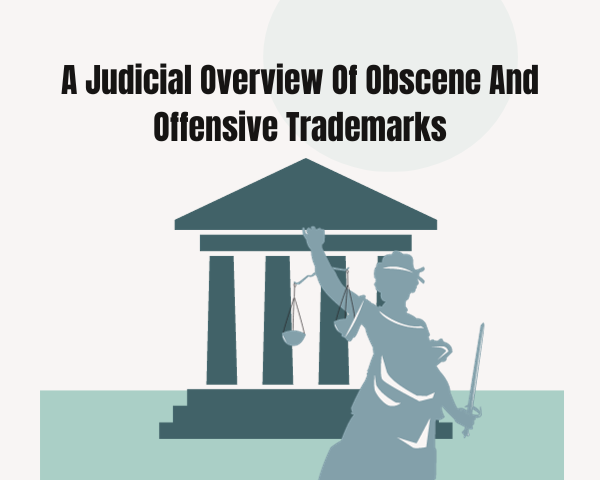Trademarks are supposed to be static in nature. With the growing digitization in literally every field, trademarks are also taking up a modern approach that helps reach a wider customer base with the help of “Fluid Trademarks.” A fluid trademark is a mark based on the original trademark but altered deliberately to appear as a variant of the original trademark. However, the target market remains the same with a slight alteration but retains the basic elements of the original mark and still can be identified by the consumers.
PURPOSE
There are many examples of fluid trademarks like the ‘Amul Girl,’ a very famous cartoon that gives out visual commentary on the ongoing political and social issues, or the Google Doodle, which changes in sync with the important days and birthdays. With the advent of COVID-19, many brands have been using Fluid Trademarks to promote social distancing, e.g., McDonald’s had their iconic yellow ‘M’ in the red-background re-designed, the wheels in the four-wheel logo of Audi were spaced farther apart, BMW saw its logo spaced with a message saying ‘thanks for keeping distance,’ the Starbucks mermaid has a mask over her face.
Fluid trademarks have become a dynamic marketing tool and an increasingly popular mode of branding; they can be registered as a series of marks – several trademarks are registered in respect of the same or similar goods or services – while they resemble each other in their material particulars, they can differ concerning the non-distinctive elements (i.e., ornamental changes) that do not substantially affect their identity. Brand owners need to be aware of the risks.
RISKS
Fluid Trademarks pose a huge risk when it comes to enforcement as the trademarks are not being used in their registered form, they may be vulnerable to non-use cancellation proceedings. It can also lead to confusion among the consumers as a random variation may cause confusion in the minds of users regarding the originality of the goods or services, whether they are the original brand or merely a knock-off. All efforts to create an association between consumers and the brand are futile if consumers cannot identify the original mark. It might dilute the value of the actual mark with the excessive and random variations of the mark. Since this is a new concept, there have no laws been laid down for their protection; hence if the rights holder uses new variations such that he fails to use the underlying mark, the mark would be deemed as abandoned, and hence non-use of the trademark could result in cancellation of the mark based on a claim of abandonment despite holding a registration. Another problem that arises is that when the trademark owner has not applied for trademark protection for its variants, he cannot claim infringement when a third party uses signs that correspond to these variants. The protection only extends to the registered underlying mark. However, the owner can obtain relief by passing off action against similar variants or infringement of the copyright of the artistic elements used in the variant.
POSITION IN INDIA
Indian Intellectual Property law does not cover the concept of fluid trademarks. However, the Indian Trade Marks Act, 1999 and the Indian Copyright Act, 1957 are enough to accommodate the same under them.
The Indian Trade Marks Act, 1999 does not speak explicitly about the concept of fluid trademarks. However, there are a few provisions that can provide the required protection to the same. For example, a fluid trademark can be protected as a series mark – the base features may remain the same, but the non-distinctive elements, i.e., ornamental changes not substantially affecting their identity, can differ – under Section 15 of the Trade Marks Act, 1999[1]. However, keeping in mind the dynamic nature of fluid trademarks, registering the same is not a top priority for brand owners.
In Proctor and Gamble v. Joy Creators[2], The Delhi High Court ruled that “It will be sufficient if the plaintiff can show that the trademark adopted by the Defendant resembles its trademark in a substantial degree, on account of extensive use of the main features found in [a] trademark.” Thus, a company’s fluid trademark, even if not registered, can avail for common law protection by proving similarity of a substantial degree.
[1] Section 15 – Registration of parts of trademarks and trademarks as a series.—
(1) Where the proprietor of a trademark claims to be entitled to the exclusive use of any part thereof separately, he may apply to register the whole and the part as separate trademarks.
(2) Each such separate trade mark shall satisfy all the conditions applying to and have all the incidents of an independent trademark
[2] CS(OS) No. 2085/2008




